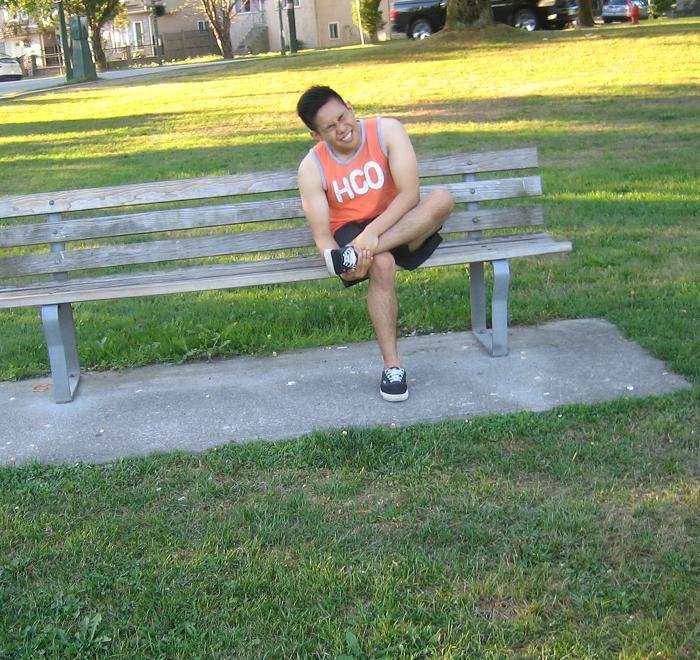Foot corns causes pain when walking. Corns are small-sized, irregularly-shaped circles of hardened and thickened skin that is exposed to unwarranted pressure or friction. Corns usually develops on the feet, side of the toes, soles of feet and between the toes. It also develop on other areas of the body.
Walking or running using ill-fitting shoes, standing for long periods of time and wearing shoes that are too tight and wearing high heels can lead to the development of foot corns in the feet. Not wearing shoes when walking and performing sports activities that place plenty of pressure on the feet are also likely causes.
People with damaged sweat glands, bunions or hammertoes, warts or scars on the feet are susceptible to the development of foot corns. Some conditions that cause poor circulation of blood in the feet and diabetes increases the risk for complications from corns.
Treatment of foot corns

- Massage the corn using a pumice stone to remove the dead and hardened skin. It also helps lessen the pain and promote fast healing of the area. Before sleeping at night, soak the feet in hot water that can be tolerated at least 10 minutes to soften the hard skin. Gently rub the area using a pumice stone in a back and forth movement across the affected area for at least 3-5 minutes and pat it dry. Wet a cotton ball using castor oil and place it on the corn and cover with a plaster and leave until the next morning and reapply castor oil again until the corn is fully eliminated.
- White vinegar has anti-fungal and antibacterial properties that lessen the risk for infection. Mix 1-part white vinegar with 3 parts water and apply on the foot corns. Cover using an adhesive tape and leave in place overnight. On the following morning, use an emery board or pumice stone to exfoliate the hardened skin. Repeat this procedure once every day until the foot corns sheds off.
Additional measures
- Baking soda has natural exfoliating properties that eliminates dead skin that covers the corn as well as anti-fungal and antibacterial properties that prevents infections. In a basin filled with warm water, add 3-4 tablespoons of baking soda, mix well and soak the affected feet in the solution for at least 10-15 minutes. Rub the corn using pumice stone until removal of the dead skin.
- Turmeric has an anti-inflammatory quality that lessens the discomfort and pain as well as promote fast healing of the affected area. Mix a teaspoon of turmeric powder and a few drops of honey to make a paste. Apply the paste on the corn and allow it to dry. Repeat this procedure at least 2-3 times every day or until the foot corns comes out.
Tips
- Soak the affected foot in an Epsom salt bath to lessen the severe pain caused by the corn.
- Keep the toenails trimmed to prevent pressure on the toes.
- Wash the feet and hands using soap and water every night.
- Avoid cutting or shaving the corns to prevent the risk of infections.
- Apply moisturizers such as those that contain olive oil, coconut oil and cocoa butter to make the corn dry and soft
- Place protective pads or covering on the foot corns to minimize friction and pressure placed on the skin.
FACT CHECK
https://www.healthline.com/health/foot-corn
https://www.medicinenet.com/corns/article.htm
https://www.mayoclinic.org/diseases-conditions/corns-and-calluses/symptoms-causes/syc-20355946
